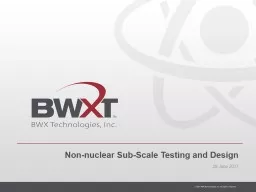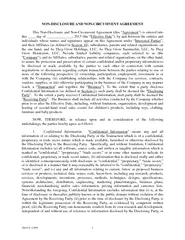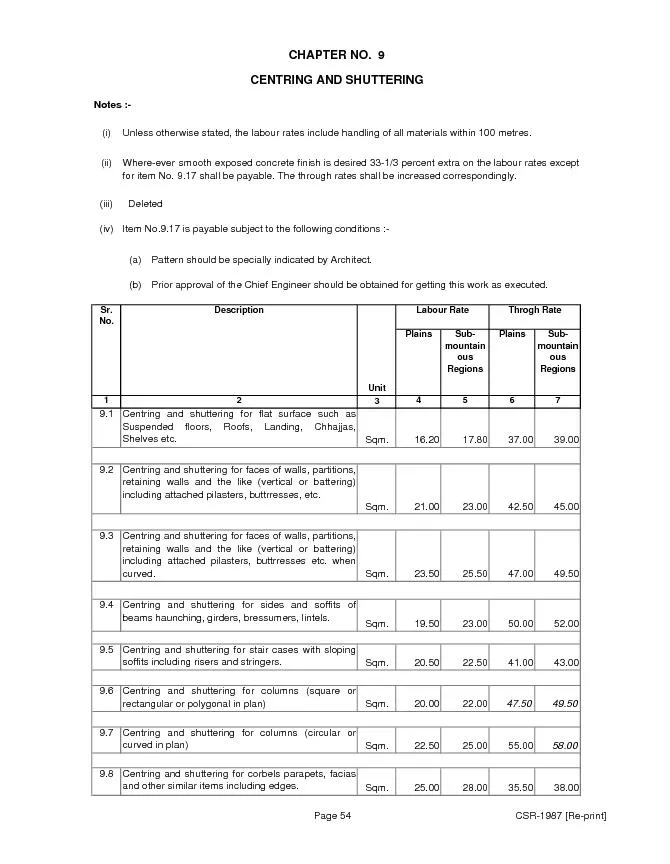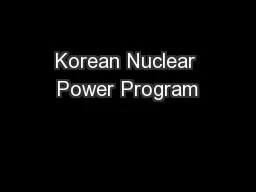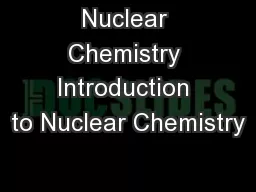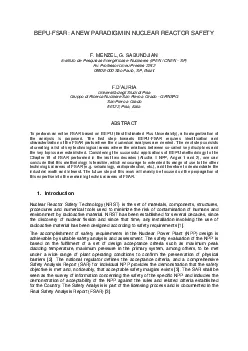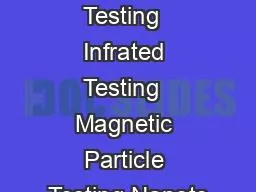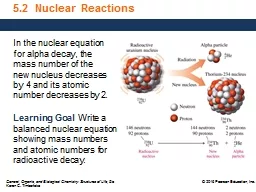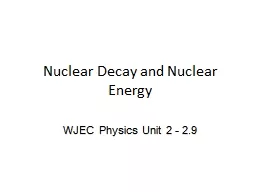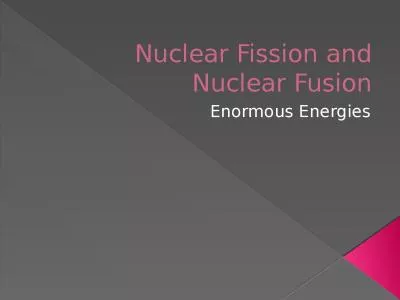PPT-Non-nuclear Sub-Scale Testing and Design
Author : beatever | Published Date : 2020-06-19
28 June 2017 What to capture Everything that comes out of the rocket nozzle at the A3 test stand will be captured downstream during normal operation of the rocket
Presentation Embed Code
Download Presentation
Download Presentation The PPT/PDF document "Non-nuclear Sub-Scale Testing and Design" is the property of its rightful owner. Permission is granted to download and print the materials on this website for personal, non-commercial use only, and to display it on your personal computer provided you do not modify the materials and that you retain all copyright notices contained in the materials. By downloading content from our website, you accept the terms of this agreement.
Non-nuclear Sub-Scale Testing and Design: Transcript
Download Rules Of Document
"Non-nuclear Sub-Scale Testing and Design"The content belongs to its owner. You may download and print it for personal use, without modification, and keep all copyright notices. By downloading, you agree to these terms.
Related Documents

